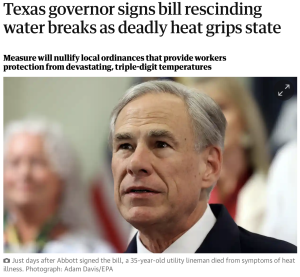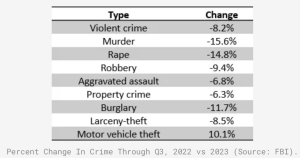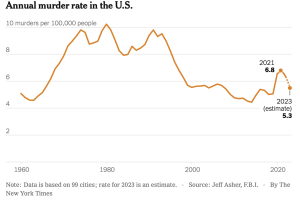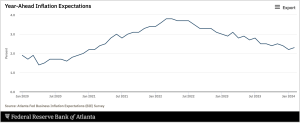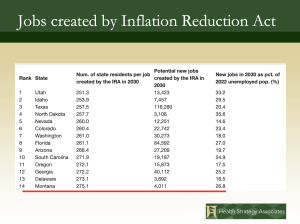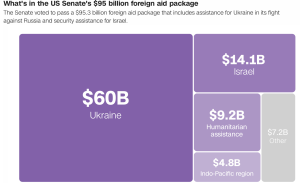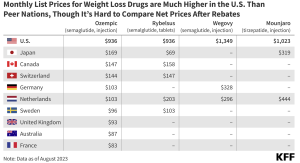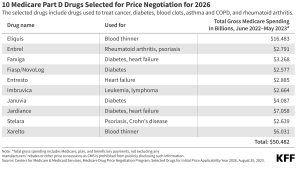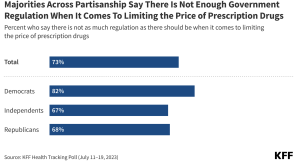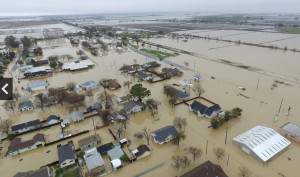In out continuing effort to keep a positive outlook, we once again bring you news to brighten the day.
today – the economy – which is doing quite well, thank you – driven by rising wages.
First up – the US economy is “very strong“ – last quarter it grew 3.2%, a very good rate indeed.
Consumer incomes jumped 1.0 percent…”in January, aided by higher dividend payments and the annual cost-of-living adjustment in Social Security.”
and…”consumers have also become more optimistic about the economy, surveys show”
Those factors likely helped drive new home sales up almost 2 percent year-over-year. This helps the construction industry and employment of tradespeople, durable goods such as appliances and HVAC and home goods.
from MarketWatch – core inflation dropped to 2.8% in the 12 months ended in January. (PCE is personal consumption expenditures) – graph from US BEA
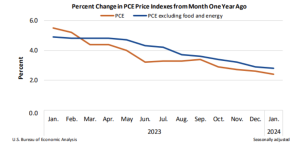
What does this mean for you?
Better economy = more jobs + higher wages + lower inflation = more disposable income = more jobs…

